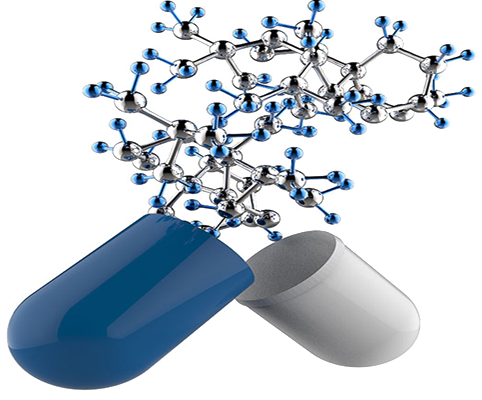Protein-protein docking tools:: HADDOCK,ESCHER,MONTY,ZDOCK,hex,BIGGER
Protein-ligand molecular docking and virtual screening tool:Dock6.0,AutoDock,eHiTS
Homology modeling tool:Modeller
Molecular dynamics tools:Gromacs,NAMD
====
moe
====
======
sybyl
======
====
ds
====
Molecular file format conversion tool:Babel,OpenBabel
Graphical display tools:Chimera,Vida,ICM browser,DeepView,Rasmol,VMD
===============
IgBlast tool - NCBI
===============
IgBLAST was developed by NCBI for analysis of variable domain sequences of immunoglobulin.
============
ProBiS Server
============
ProBiS is a computer software which allows prediction of binding sites and their corresponding ligands for a given protein structure. Initially ProBiS was developed as a ProBiS algorithm by Janez Konc and Dušanka Janežič in 2010[1] and is now available as ProBiS server, ProBiS CHARMMing server, ProBiS algorithm and ProBiS plugin. The name ProBiS originates from the purpose of the software itself, that is to predict for a given Protein structure Binding Sites and their corresponding ligands.
ProBiS: a web server for detection of structurally similar protein binding sites (Nucleic Acids Res. 2010)
ProBiS algorithm for detection of structurally similar protein binding sites by local structural alignment (Bioinformatics. 2010 ) |
===========
pyDockWEB
===========
pyDockWEB is a web server for the structural prediction of protein-protein interactions.
Given the 3D coordinates of two interacting proteins, pyDockWEB returns the best rigid-body docking orientations generated by FTDock and evaluated by pyDock scoring function, which includes electrostatics, desolvation energy and limited van der Waals contribution.
===========
FRODOCK
===========
This web service is for the structural prediction of protein-protein interactions using an improved version of our Fast Rotational DOCKing method*. Given the 3D coordinates of two interacting proteins (conforming PDB format) the server generates very efficiently many potential predictions of how they could interact. Once your job is completed you can interactively check protein-protein models and add experimental constraints to refine the docking. A standard-size case usually takes only a couple of minutes to complete the docking depending of the size and computational resources available. The users can choose between scoring weighting schemes optimized for three different interaction types: Enzyme/Substrate, Antibody/Antigen, and Others to slightly improve the success rates. Please keep track of your jod ID number so you can have access to your results from the Results tab. Alternatively you can also choose to be notified by email.
==========
I-TASSER
==========
I-TASSER (Iterative Threading ASSEmbly Refinement) is a hierarchical approach to protein structure and function prediction. It first identifies structural templates from the PDB by multiple threading approach LOMETS, with full-length atomic models constructed by iterative template-based fragment assembly simulations. Function insights of the target are then derived by re-threading the 3D models through protein function database BioLiP. I-TASSER (as 'Zhang-Server') was ranked as the No 1 server for protein structure prediction in recent community-wide CASP7, CASP8, CASP9, CASP10, CASP11, CASP12, and CASP13 experiments. It was also ranked as the best for function prediction in CASP9. The server is in active development with the goal to provide the most accurate protein structure and function predictions using state-of-the-art algorithms.
The I-TASSER Suite: protein structure and function prediction. (Nat Methods. 2015)
I-TASSER: a unified platform for automated protein structure and function prediction (Nat Protoc. 2010)
========================================
LYRA: Lymphocyte Receptor Automated Modelling
========================================
The LYRA server predicts structures for either T-Cell Receptors (TCR) or B-Cell Receptors (BCR) using homology modelling. Framework templates are selected based on BLOSUM score, and complementary determining regions (CDR) are then selected if needed based on a canonical structure model and grafted onto the framework templates.
LYRA, a webserver for lymphocyte receptor structural modeling. (Nucleic Acids Res. 2015 ) |
